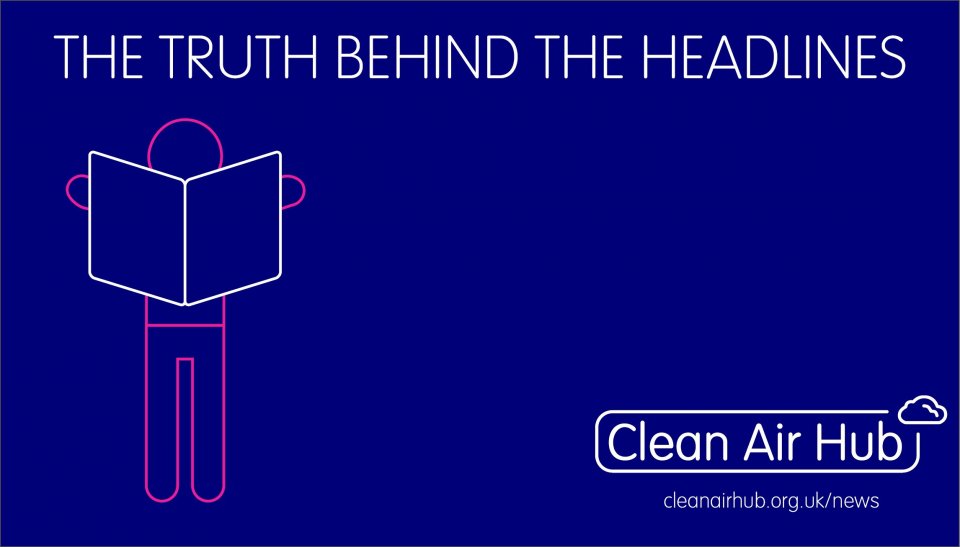News & Stories
Newspapers have reported on how polluted air may increase the ways for coronavirus to enter the body. Queen Mary University of London published laboratory research which claims that short-term exposure of airway cells (eg in the nose) to pollution particles from traffic increased the number of the ACE2 receptors on these cells. It is suggested that coronavirus ‘hijacks’ these receptors to enter the body. Having more of these receptors could therefore increase the risk of catching a larger dose of the coronavirus. Air pollution could therefore be making people more vulnerable to coronavirus.
The research assessed the effect of traffic derived PM10 particles (air pollution from traffic) on human airway epithelial cells (cells which protect the human body from viruses) in a test tube or culture dish.
Using our recommended five tips, Global Action Plan reviewed the study:
| Questions to ask to get to the truth | Our response |
| 1. Does the article refer to a report to back up its claims? | Yes, but the research states it has not yet been peer reviewed and that the next step in the research is to confirm that virus infection does increase in these cells. |
| 2. Who is behind the study it refers to? | Centre for Child Health, Blizard Institute, Queen Mary University of London. Since last review (in 2018), the university was ranked eighth in the UK and 42nd globally based on citation levels. Professor John Grigg has previously published papers in the air pollution area and is a member of the Committee on the Medical Effects of Air Pollutants. |
| 3. How fantastical and radical is the claim that is being made? | The study is methodologically robust and plausible. However, the study was done in isolated cells so it is not always clear whether the same effect would happen in the whole body. |
| 4. What geographical region does the claim refer to? | United Kingdom |
| 5. What is the sample size of the study? |
The lab research was conducted four times as separate experiments, which is robust. The laboratory setting makes the experiments easier to replicate and allows for precise control of variables to allow a cause and effect relationship to be established. However, the artificiality of the lab setting may produce unnatural behaviour that does not reflect real life, meaning it may not be possible to generalise the findings to a real-life setting. |
Our Air Quality Expert Panel reviewed the study. Key reflections include:
“Peer review is the key issue. There has been much published in COVID-19 literature that is problematic because it has not been peer-reviewed. Also, the fact the study is in vitro and whether it is possible to judge the right amount of particulate matter to use.
As the study was done in isolated cells – it is not always clear with these types of studies whether the same effect would happen in the whole body until that research is done. The exact amount of particulate matter to use for isolated cells is also not always clear.”
Click here to find out more about our Truth Behind the Headlines series.
Want to talk to us about any of our projects? Please get in touch with us here.






